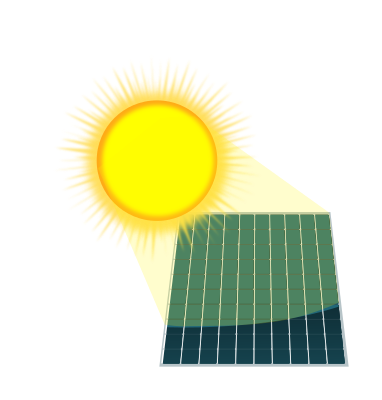Well, Ubuntu or any company could certainly do something like that. But then this company would simply be competing with Android with an incompatible app platform built on top of Linux. App developers who have a hard enough time developing their apps for both Android and iOS would not want to write their app for yet another incompatible proprietary platform, even if the underlying OS kernel was Linux.
As others have said, the real advantage to Linux, the real reason to use it, with desktop environments like Gnome or KDE, in spite of their minor flaws, is that the software is owned by all of us. Unlike proprietary software which you are basically renting for a monthly fee, on Linux you actually own your software and your data.











For an Angry Birds clone, check out Apple Flinger
For a SimCity-like game, check out OpenTTD (Transport Tycoon Deluxe)